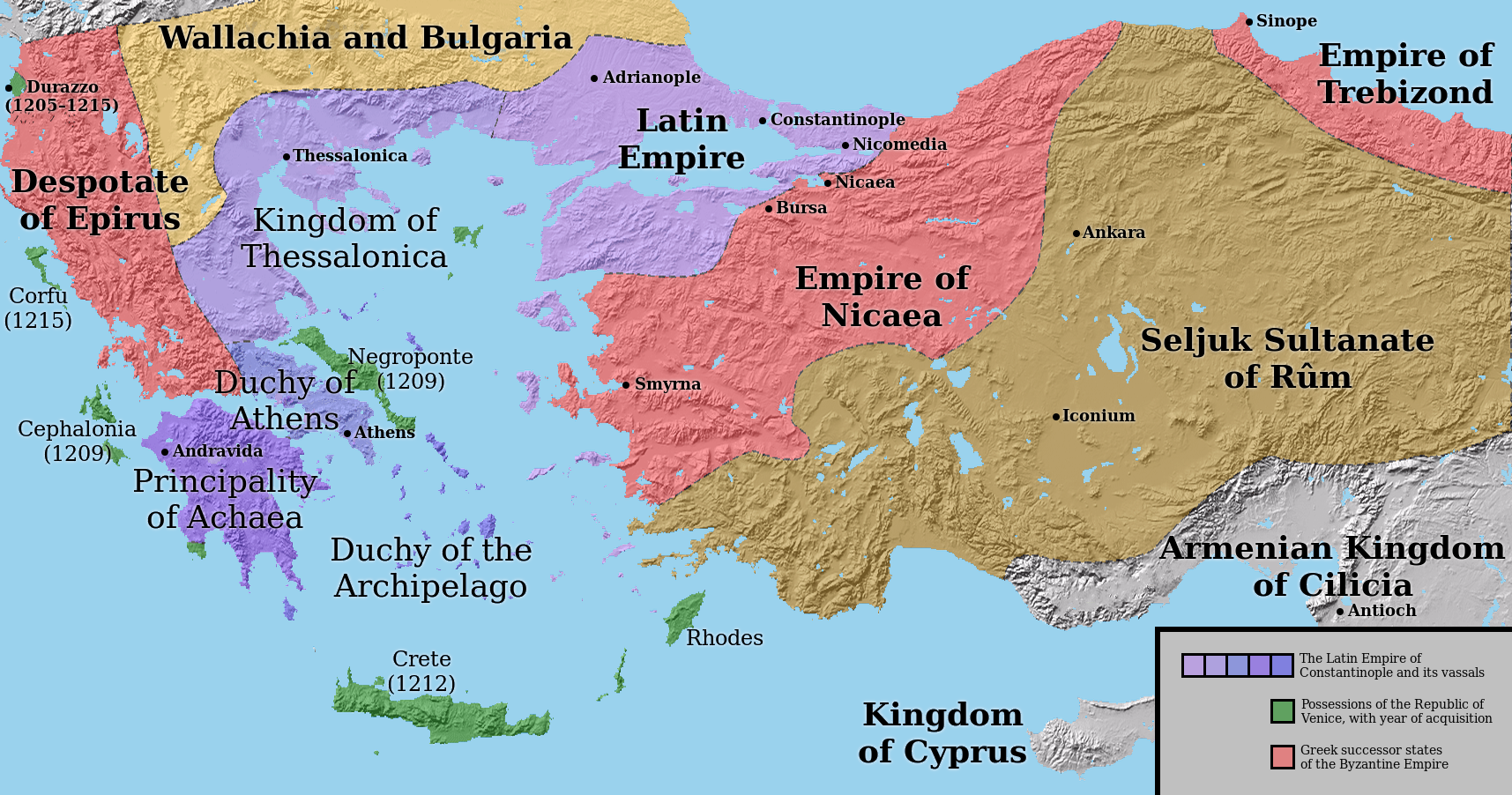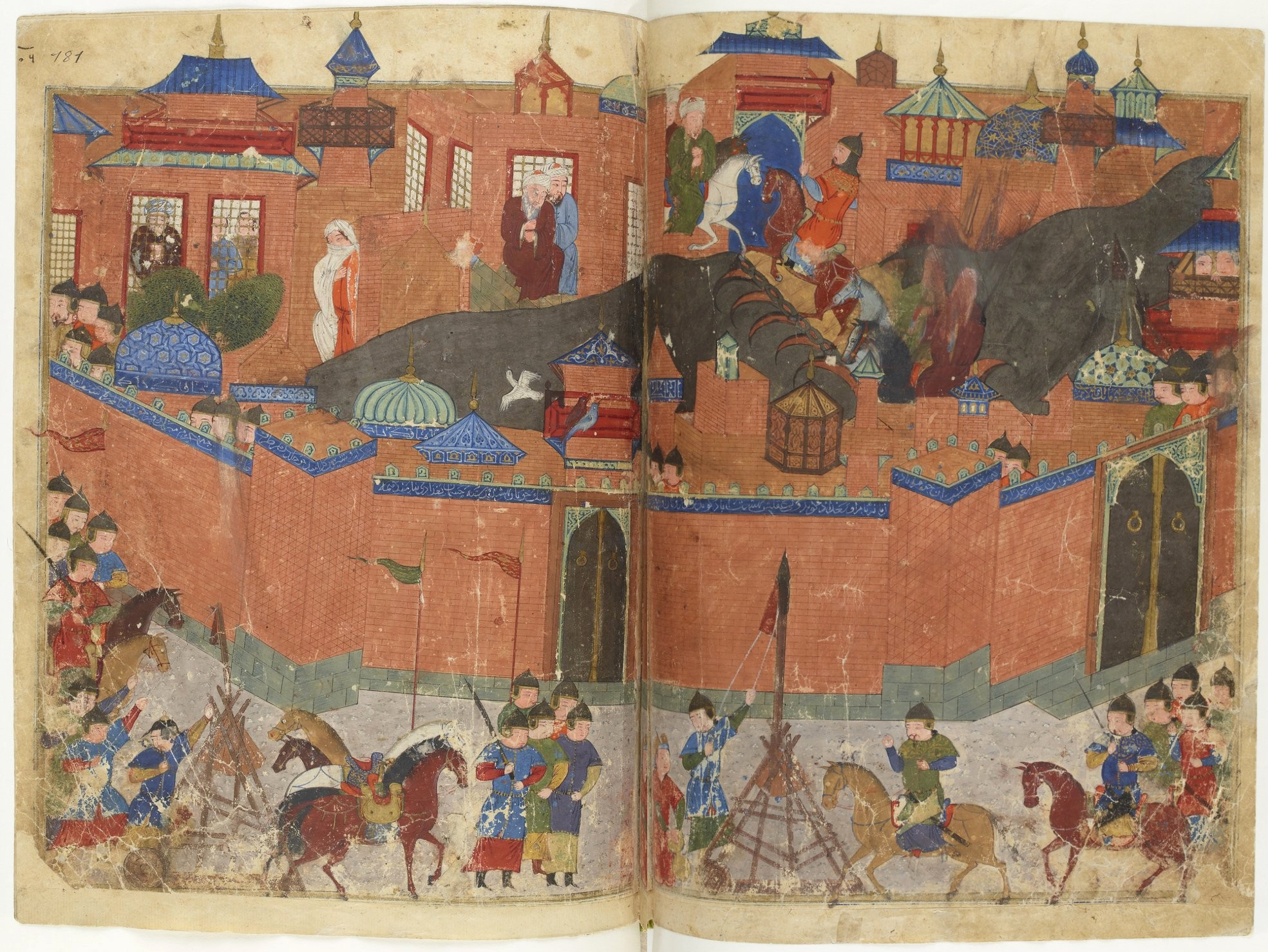|
Manavs
Manavs () or Manav Turks () are a subgroup of Turkish people living in northwest Anatolia, especially in Sakarya Province, Sakarya, Bilecik Province, Bilecik, Balıkesir Province, Balıkesir, Bursa Province, Bursa, Çanakkale Province, Çanakkale, Kocaeli Province, Kocaeli, Eskişehir Province, Eskişehir, Bolu Province, Bolu and Düzce Province, Düzce provinces. It is proposed that Manavs descend from Cumans and Kipchaks who settled in the Byzantine Empire. Origin A group of Cumans, Cuman-Kipchaks who headed to the Balkans as a result of the Mongol invasions and conquests, Mongol incursions into the Cumania, Desht-i Qipchaq lands; it is known that he entered the service of the Latin Empire, Latin and Empire of Nicaea, Nicaea Empires. The Empire of Nicea used this Cuman group against the Seljuk and Mongol threats from the East and settled it in their lands. This Cuman-Kipchak group, interbred with the Oghuz Turks and formed the people called Manav. Language Manavs speak T ... [...More Info...] [...Related Items...] OR: [Wikipedia] [Google] [Baidu] |
Cumans
The Cumans or Kumans were a Turkic people, Turkic nomadic people from Central Asia comprising the western branch of the Cumania, Cuman–Kipchak confederation who spoke the Cuman language. They are referred to as Polovtsians (''Polovtsy'') in Rus' chronicles, as "Cumans" in Western sources, and as "Kipchaks" in Eastern sources. Related to the Pecheneg, they inhabited a shifting area north of the Black Sea and along the Volga River known as Cumania, from which the Cuman–Kipchaks meddled in the politics of the Caucasus and the Khwarazmian Empire. The Cumans were fierce and formidable nomadic warriors of the Eurasian Steppe who exerted an enduring influence on the medieval Balkans. They were numerous, culturally sophisticated, and militarily powerful. Many eventually settled west of the Black Sea, influencing the politics of Kievan Rus', the Kingdom of Galicia–Volhynia, Galicia–Volhynia Principality, the Golden Horde Khanate, the Second Bulgarian Empire, the Kingdom of Serbia ... [...More Info...] [...Related Items...] OR: [Wikipedia] [Google] [Baidu] |
Manav Köylüler
Persons with the given name *Manav Gohil (born 1974), Indian Gujarati actor *Manav Gupta (born 1967), Indian Bengali artist *Manav Dayal I.C.Sharma, Indian Punjabi philosopher, sant, and yogi *Manav Kaul (born 1976), Indian theatre director, playwright, actor and film-maker *Manav Vij, Indian Punjabi actor People *Manavs, a Turkic ethnic group from Turkey See also *''Manav Hatya'', 1986 Hindi film *Manav Kendra (literally "Man-making Center") or Lighthouse Center *Manava *Manavand (other) *Manavi *Manavur *Manavya * * {{given name, type=both ... [...More Info...] [...Related Items...] OR: [Wikipedia] [Google] [Baidu] |
Oghuz Turks
The Oghuz Turks ( Middle Turkic: , ) were a western Turkic people who spoke the Oghuz branch of the Turkic language family. In the 8th century, they formed a tribal confederation conventionally named the Oghuz Yabgu State in Central Asia. Today, much of the populations of Turkey, Azerbaijan and Turkmenistan are descendants of Oghuz Turks. The term Oghuz was gradually supplanted by the terms Turkmen and Turcoman ( or ''Türkmân'') by the 13th century.Lewis, G. ''The Book of Dede Korkut''. Penguin Books, 1974, p. 10. The Oghuz confederation migrated westward from the Jeti-su area after a conflict with the Karluk allies of the Uyghurs. In the 9th century, the Oghuz from the Aral steppes drove Pechenegs westward from the Emba and Ural River region. In the 10th century, the Oghuz inhabited the steppe of the rivers Sari-su, Turgai and Emba north of Lake Balkhash in modern-day Kazakhstan. They embraced Islam and adapted their traditions and institutions to the Islam ... [...More Info...] [...Related Items...] OR: [Wikipedia] [Google] [Baidu] |
Kipchaks
The Kipchaks, also spelled Qipchaqs, known as Polovtsians (''Polovtsy'') in Russian annals, were Turkic nomads and then a confederation that existed in the Middle Ages inhabiting parts of the Eurasian Steppe. First mentioned in the eighth century as part of the Second Turkic Khaganate, they most likely inhabited the Altai region from where they expanded over the following centuries, first as part of the Kimek–Kipchak confederation and later as part of a confederation with the Cumans. There were groups of Kipchaks in the Pontic–Caspian steppe, China, Syr Darya, and Siberia. Cumania was conquered by the Mongol Empire in the early 13th century. Terminology The Kipchaks interpreted their name as meaning "hollow tree" (cf. Middle Turkic: ''kuv ağaç''); according to them, inside a hollow tree, their original human ancestress gave birth to her son. Németh points to the Siberian ''qıpčaq'' "angry, quick-tempered" attested only in the Siberian Sağay dialect (a dialect o ... [...More Info...] [...Related Items...] OR: [Wikipedia] [Google] [Baidu] |
Sakarya Province
Sakarya () is a province and metropolitan municipality in Turkey, located on the coast of the Black Sea. Its area is , and its population is 1,080,080 (2022). The Sakarya River creates a webbing of estuaries in the province, which is in the Marmara Region. The adjacent provinces are Kocaeli to the west, Bilecik to the south, Bolu to the southeast and Düzce to the east. The capital of Sakarya is Adapazarı. Its climate is maritime in the north and humid subtropical in the south and changes by the distance to the Black Sea. Sakarya is on the Ankara-Istanbul highway and is also connected by rail. Sakarya is serviced by Istanbul's Sabiha Gökçen International Airport. The mayor of Sakarya is Yusuf Alemdar as of 2024 ( AKP). The city of Sakarya, one of the most important cities in Turkey for its rapid growth and development, is also noteworthy for its natural beauties and its cultural richness. It is one of the paradise-like spots of the country with its sea, beaches, lakes, ... [...More Info...] [...Related Items...] OR: [Wikipedia] [Google] [Baidu] |
Kocaeli Province
Kocaeli Province (, ) is a Provinces of Turkey, province and Metropolitan municipalities in Turkey, metropolitan municipality of Turkey and one of only three not to have the same official name as its capital, İzmit, which is thus also sometimes called Kocaeli. Its area is , and its population is 2,102,907 (2023). The province is the successor of the Ottoman Empire, Ottoman-era Sanjak of Kocaeli. The largest towns in the province are İzmit and Gebze. The Turkish car number plates#Location codes, traffic code is 41. The province is located at the easternmost end of the Sea of Marmara around the Gulf of İzmit. Kocaeli is bordered by the province of Istanbul Province, Istanbul and the Marmara Sea to the west, the Black Sea to the north, the province of Sakarya Province, Sakarya to the east, the province of Bursa Province, Bursa to the south and the province of Yalova Province, Yalova to the southwest. The metropolitan area of Istanbul extends to the Kocaeli-Istanbul provincial bo ... [...More Info...] [...Related Items...] OR: [Wikipedia] [Google] [Baidu] |
Empire Of Nicaea
The Empire of Nicaea (), also known as the Nicene Empire, was the largest of the three Byzantine Greeks, Byzantine Greek''A Short history of Greece from early times to 1964'' by Walter Abel Heurtley, W. A. Heurtley, H. C. Darby, C. W. Crawley, C. M. Woodhouse (1967), p. 55: "There in the prosperous city of Nicaea, Theodoros Laskaris, the son in law of a former Byzantine Emperor, establish a court that soon become the Small but reviving Greek empire." rump states founded by the aristocracy of the Byzantine Empire that fled when Constantinople was occupied by Western European and Republic of Venice, Venetian armed forces during the Fourth Crusade, a military event known as the Sack of Constantinople. Like the other Byzantine rump states that formed due to the 1204 fracturing of the empire, such as the Empire of Trebizond and the Despotate of Epirus, it was a continuation of the eastern half of the Roman Empire that survived well into the Middle Ages. A fourth state, known in histori ... [...More Info...] [...Related Items...] OR: [Wikipedia] [Google] [Baidu] |
Latin Empire
The Latin Empire, also referred to as the Latin Empire of Constantinople, was a feudal Crusader state founded by the leaders of the Fourth Crusade on lands captured from the Byzantine Empire. The Latin Empire was intended to replace the Byzantine Empire as the Western-recognized Roman Empire in the east, with a Catholic Church, Catholic emperor enthroned in place of the Eastern Orthodox Church, Eastern Orthodox Roman emperors. The main objective to form a Latin Empire was planned over the course of the Fourth Crusade, promoted by crusade leaders such as Boniface I, Marquis of Montferrat, Boniface of Montferrat, as well as the Republic of Venice. The Fourth Crusade had originally been called to retake the Abbasid Caliphate, Muslim-controlled city of Jerusalem, but a sequence of economic and political events culminated in the Crusader army Sack of Constantinople, sacking the city of Constantinople, the capital of the Byzantine Empire. Originally, the plan had been to restore the de ... [...More Info...] [...Related Items...] OR: [Wikipedia] [Google] [Baidu] |
Cumania
The name Cumania originated as the Latin exonym for the Cuman–Kipchak confederation, which was a tribal confederation in the western part of the Eurasian Steppe, between the 10th and 13th centuries. The confederation was dominated by two Turkic nomadic tribes: the Cumans (also known as the Polovtsians or ''Folban'') and the Kipchaks. Cumania was known in Islamic sources as ''Dasht-i Qipchaq'' (دشت قپچاق) which means "Steppe of the Kipchaks" or "Kipchak Plains" in Persian, and ''al-Qumāniyīn'' (القمانيين) which means "The Cumans" or "The Cuman people" in Arabic. Russian sources have referred to Cumania as the "Polovtsian Steppe" (''Polovetskaia Step''), or the "Polovtsian Plain" (''Pole Polovetskoe''). A different, more organized entity that was later known as the Golden Horde was also referred to as "Comania" by Armenian chronicler Hethum (Hayton) of Korykos. "Cumania" was also the source of names, or alternate names, for several smaller areas – some of ... [...More Info...] [...Related Items...] OR: [Wikipedia] [Google] [Baidu] |
Mongol Invasions And Conquests
The Mongol invasions and conquests took place during the 13th and 14th centuries, creating history's largest contiguous empire, the Mongol Empire (1206–1368), which by 1260 covered large parts of Eurasia. Historians regard the destruction under the Mongol Empire, Mongol devastation as one of the deadliest episodes in history. At its height, the Mongol Empire included modern-day Mongolia, China, North Korea, South Korea, Myanmar, Iran, Iraq, Afghanistan, Pakistan, Kashmir, Kazakhstan, Tajikistan, Kyrgyzstan, Turkmenistan, Uzbekistan, Siberia, Georgia (country), Georgia, Armenia, Azerbaijan, Turkey, Belarus, Ukraine, Moldova, Romania, and most of European Russia. Overview The Mongol Empire developed in the course of the 13th century through a series of victorious campaigns throughout Eurasia. At its height, it stretched from the Pacific to Central Europe. It was later known as the largest contiguous land empire of all time. In contrast with later Thalassocracy, "empires of the ... [...More Info...] [...Related Items...] OR: [Wikipedia] [Google] [Baidu] |
Balkans
The Balkans ( , ), corresponding partially with the Balkan Peninsula, is a geographical area in southeastern Europe with various geographical and historical definitions. The region takes its name from the Balkan Mountains that stretch throughout the whole of Bulgaria. The Balkan Peninsula is bordered by the Adriatic Sea in the northwest, the Ionian Sea in the southwest, the Aegean Sea in the south, the Turkish straits in the east, and the Black Sea in the northeast. The northern border of the peninsula is variously defined. The highest point of the Balkans is Musala, , in the Rila mountain range, Bulgaria. The concept of the Balkan Peninsula was created by the German geographer August Zeune in 1808, who mistakenly considered the Balkan Mountains the dominant mountain system of southeastern Europe spanning from the Adriatic Sea to the Black Sea. In the 19th century the term ''Balkan Peninsula'' was a synonym for Rumelia, the parts of Europe that were provinces of the Ottoman E ... [...More Info...] [...Related Items...] OR: [Wikipedia] [Google] [Baidu] |







